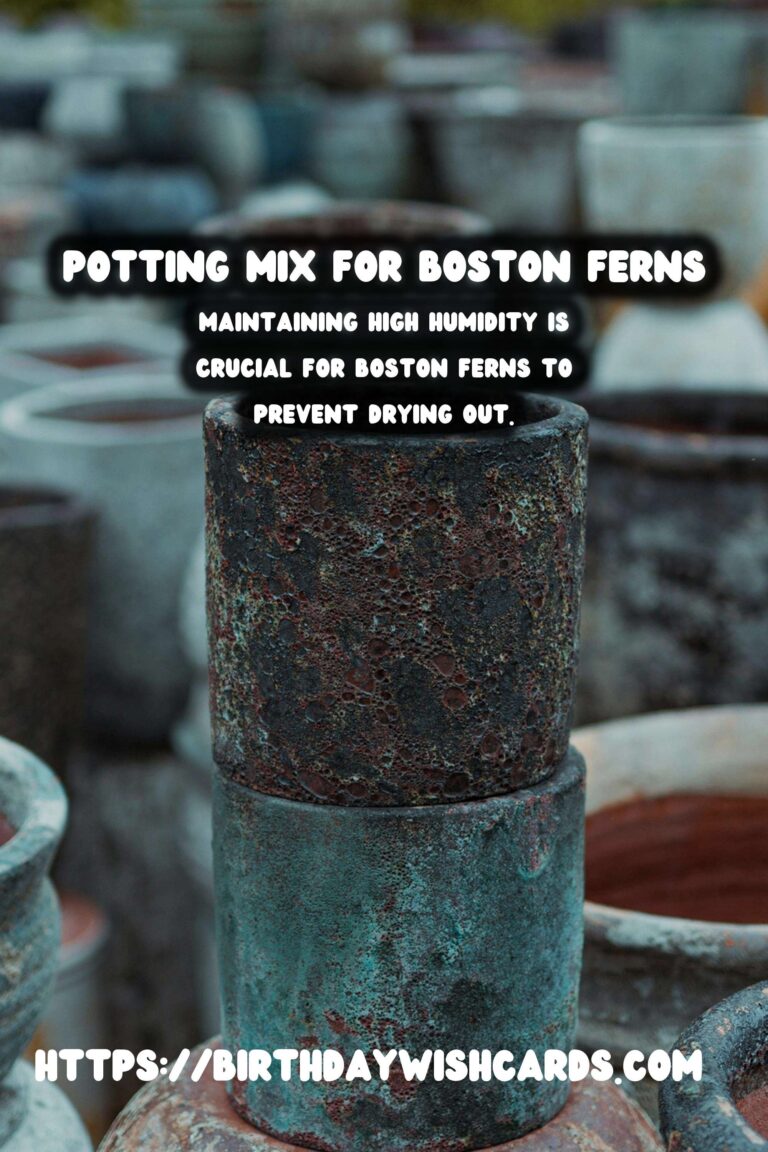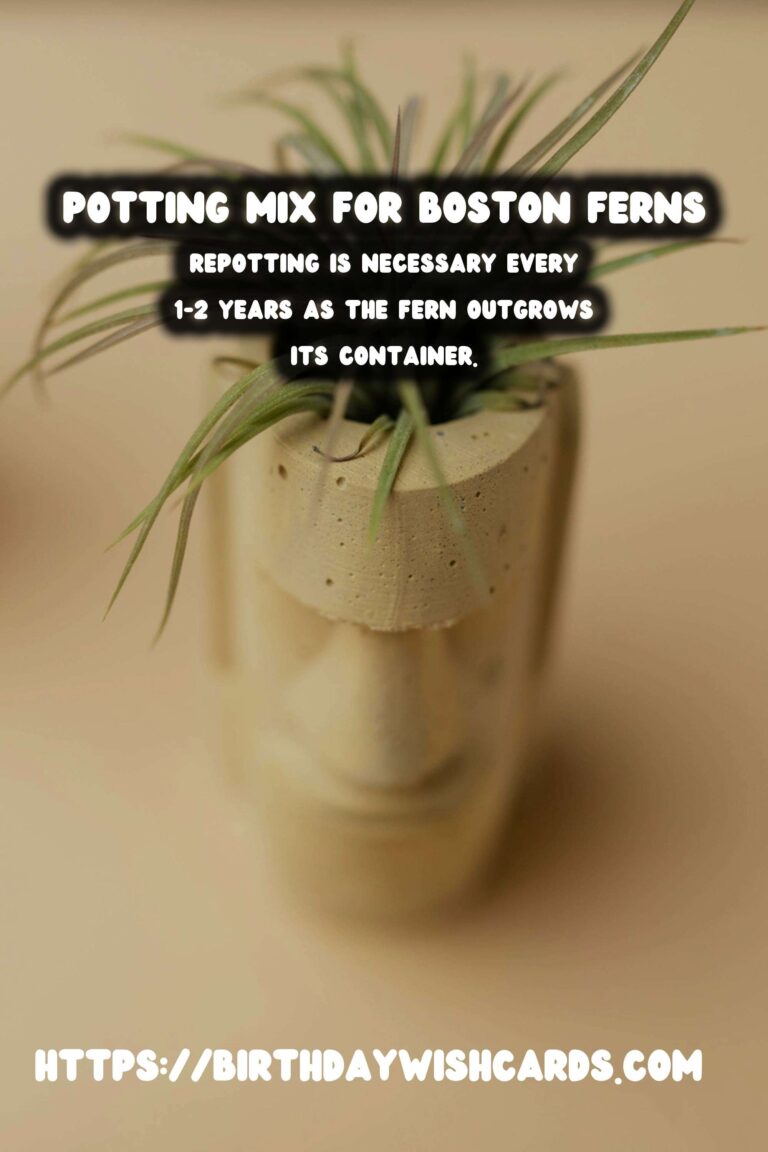
Boston ferns, known for their lush foliage and vibrant green fronds, are a popular choice for indoor and outdoor plant enthusiasts. Ensuring they thrive requires attention to their potting mix and overall care.
Understanding Boston Ferns
Boston ferns (Nephrolepis exaltata) are tropical plants that thrive in humid environments. They are often used in hanging baskets, providing a cascading effect that enhances any space. Understanding their native environment is crucial to providing the best care.
Choosing the Best Potting Mix
The right potting mix is critical for the health of your Boston fern. A well-draining, peat-based mix is ideal, as it retains moisture without becoming waterlogged. Adding perlite or vermiculite can improve drainage and aeration, preventing root rot.
It’s essential to avoid using garden soil, which can be too heavy and compact, restricting root growth. Instead, opt for a commercial potting mix formulated for ferns or mix your own with equal parts peat moss, pine bark, and perlite.
Potting and Repotting Tips
When potting a Boston fern, choose a container with drainage holes to prevent excess water accumulation. Repotting is usually necessary every 1-2 years, as the plant outgrows its container. Signs that your fern needs repotting include roots growing out of the drainage holes and decreased growth.
Watering and Humidity Needs
Boston ferns require consistent moisture but should never sit in water. Water thoroughly when the top inch of soil feels dry. Maintaining high humidity is also crucial; consider placing a humidifier nearby or misting the leaves regularly.
Light and Temperature Requirements
These ferns prefer indirect sunlight. Direct sunlight can scorch the fronds, while too little light can impede growth. Ideal temperatures range from 60-75°F (15-24°C), avoiding cold drafts and extreme heat.
Fertilizing Your Boston Fern
Feed your fern with a balanced, water-soluble fertilizer every 4-6 weeks during the growing season (spring and summer). Avoid over-fertilizing, as this can lead to nutrient burn and damage the plant.
Common Pests and Problems
Boston ferns can be susceptible to pests like spider mites and mealybugs. Regularly inspect your plant and use insecticidal soap if necessary. Overwatering, under-watering, and low humidity are common care issues that can affect plant health.
Conclusion
Caring for Boston ferns involves providing the right potting mix, maintaining proper moisture and humidity levels, and ensuring adequate light and temperature conditions. With the right attention, your Boston fern can thrive and bring a touch of nature to your home.
Boston ferns thrive in well-draining, peat-based potting mixes that retain moisture. Repotting is necessary every 1-2 years as the fern outgrows its container. Maintaining high humidity is crucial for Boston ferns to prevent drying out. Avoid direct sunlight to prevent scorching the fronds of your Boston fern. Regular feeding with a balanced fertilizer supports healthy growth during spring and summer.
#BostonFerns #PlantCare #GardeningTips #PottingMix #IndoorPlants

